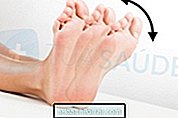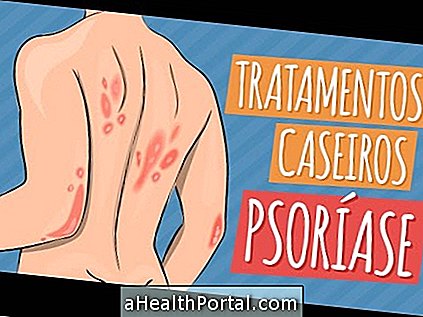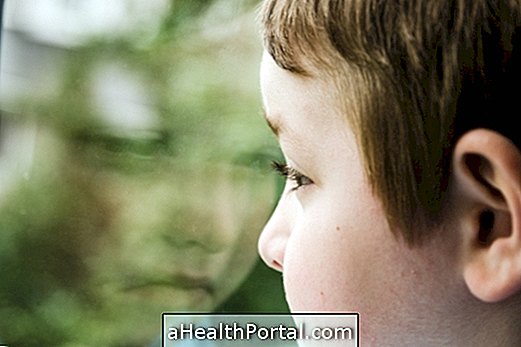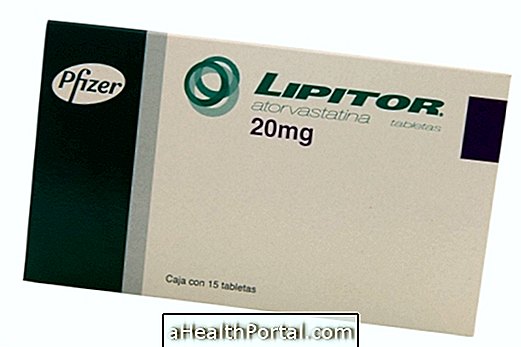The treatment for bipolar disorder consists of using medications prescribed by the psychiatrist, which help keep the person without symptoms, avoiding bouts of depression or mania. This disease has no cure, however, it is possible to maintain a normal life if one does the treatment correctly.
This mental disorder, which can be popularly known as bipolar affective disorder or bipolar mood disorder, happens when the person undergoes drastic changes of mood ranging from feelings of great joy and extreme sadness. See more about this disease.

How is the treatment done?
Typically, people with bipolar disorder need to take medications to control the disease; however, there are natural methods that can help control symptoms, such as practicing physical exercise or doing a relaxing massage, for example, that are good options to complement the treatment.
1. Medication treatment
For successful treatment of bipolar disorder, medications and doses should be directed by the psychiatrist and doses should be followed closely, as failure to take may compromise treatment:
- Mood stabilizers, which will control manic episodes such as lithium, valprotic acid or carbamazepine;
- Antipsychotics, such as olanzapine, risperidone, quetiapine or aripiprazole, which are used if symptoms of depression and mania persist;
- Antidepressants, to help control depression, such as fluoxetine, which should be associated with an antipsychotic to prevent episodes of mania;
- Anxiolytics, which help reduce anxiety and improve sleep, such as benzodiazepines.
Taking medications can be associated with psychotherapy sessions, which makes treatment more effective.
2. Psychotherapy
Psychotherapy is very important in the treatment of bipolarity and can be done individually, in the family or in groups.
There are several types, such as interpersonal and social rhythm therapy, which consist of establishing a daily routine for sleeping, eating and exercising, to reduce mood swings, or psychodynamic therapy, which seeks the meaning and symbolic function of behaviors, so that they become aware and can be prevented.
Another example of psychotherapy is cognitive-behavioral therapy, which helps identify and replace unhealthy negative feelings and behaviors, positive ones, and learn strategies that help reduce stress and deal with unpleasant situations. In addition, encouraging the family to learn about bipolar disorder can help them cope better with the situation, as well as identify problems or prevent episodes.
3. Phototherapy
Another less common way of treating manic episodes is through phototherapy, which is a special therapy that uses several colored lights to modify the mood of the individual. This is especially indicated for cases of mild depression.
4. Natural methods
The natural treatment for bipolar disorder complements it, but it does not replace clinical treatment, and aims to avoid stress and anxiety, making the person feel more balanced, avoiding crises.
Thus, people with bipolar disorder should practice regular exercise such as yoga, pilates or relaxing walks, having a leisure activity, watching movies, reading, painting or gardening, or eating healthy, avoiding consuming industrialized products.
In addition, it can also help consume drinks with soothing properties such as St. John's wort and passionflower tea, chamomile or lemon balm, for example, or do relaxing massages often to lessen tension.


How to prevent crises
In order for the person with bipolar disorder to normally control their disease without symptoms, they should regularly take the medication at the time and in the dose prescribed by the doctor, avoid alcohol and do not use drugs.
The complications of bipolar disorder arise when treatment is not done properly and include deep depression, which can result in an attempted suicide, or excessive joy, which can lead to bankruptcy, for example. In these cases, it may be necessary to hospitalize the patient to stabilize the mood swings and better control the disease.






















